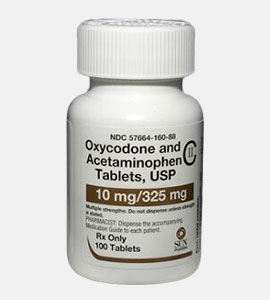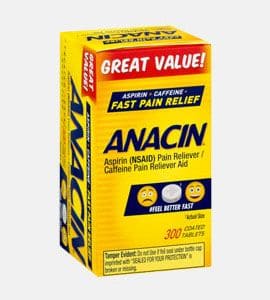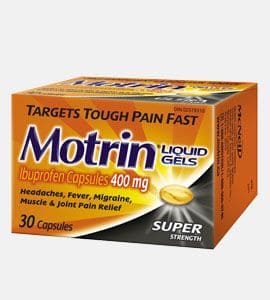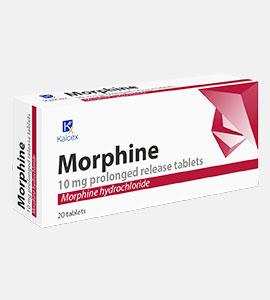Indications for Use
Tramadol is applied for strong acute and chronic pain, including in the postoperative period, with injuries, in cancer patients, and before surgeries. It is not recommended for mild pain.
Mode of Application
Adults and children over 14 years old can be administered intravenously (slowly drip) 50-100 mg (1-2 ampoules), up to 400 mg (0.4 g) per day. It can also be administered intramuscularly or subcutaneously in the same dosage. For oral administration, use capsules of 50 mg up to 8 capsules (0.4 g) per day or as drops – 20 drops each (containing 50 mg of tramadol) to be taken in a small amount of water up to 8 times per day.
Tramadol can also be administered rectally (for introduction into the rectum) in the form of candles containing 0.1 g (100 mg), with 1 candle up to 4 times per day.
When administered intravenously, it has an analgesic effect in 5-10 minutes, whereas oral administration results in an effect in 30-40 minutes. The effect lasts for 3-5 hours.
Overdose
Symptoms: Respiratory depression, up to apnea, convulsions, pupil constriction, anuria, coma.
Treatment: Administration of naloxone (specific antagonist) intravenously, gastric lavage, and maintenance of vital functions.
Side Effects
Tramadol is relatively well tolerated and, in usual doses, does not cause pronounced respiratory depression or significantly affect blood circulation and the gastrointestinal tract. However, it may cause:
- Nausea
- Vomiting
- Dizziness
- Sweating
Contraindications
Tramadol should not be prescribed in the following cases:
- Acute alcohol intoxication (poisoning)
- Hypersensitivity to narcotic analgesics
- Patients taking MAO inhibitors
- Pregnancy (prescription should be made with extreme caution)
- Children under the age of 14
The drug should not be used for prolonged periods.
Interaction with Other Drugs and Alcohol
Tramadol enhances the effect of drugs that depress the central nervous system (including tranquillizers, hypnotics, sedatives, and anesthetic drugs), as well as ethanol. Inducers of microsomal oxidation (including carbamazepine and barbiturates) reduce the severity of tramadol’s analgesic effect and its duration. Since carbamazepine increases tramadol metabolism and raises the risk of seizures, the simultaneous use of carbamazepine and tramadol is not recommended. Prolonged use of opioid analgesics or barbiturates may stimulate the development of cross-tolerance.
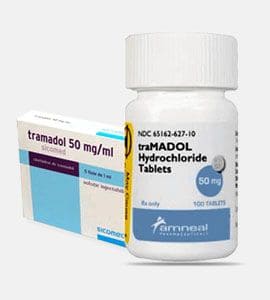

 English
English
 العربية
العربية
 Čeština
Čeština
 Deutsch
Deutsch
 Español
Español
 Italiano
Italiano
 Français
Français
 AUD
AUD


